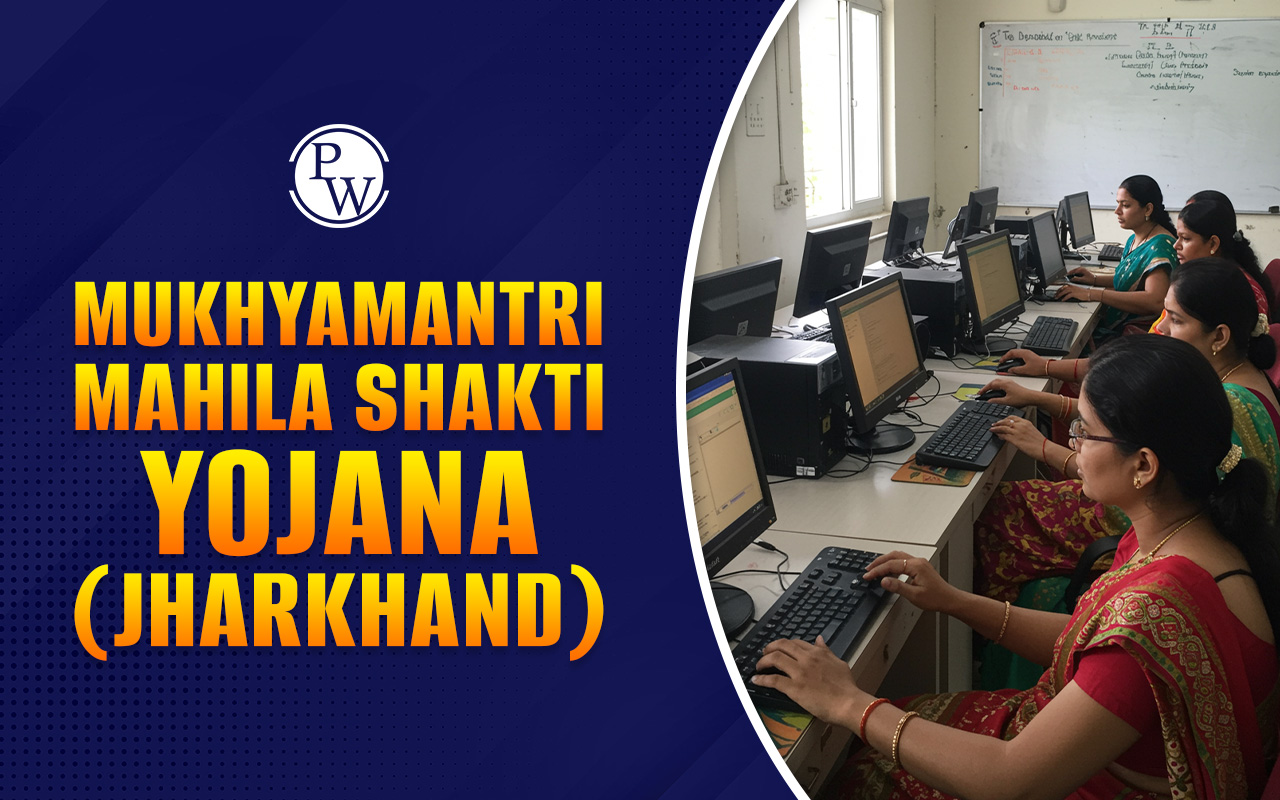
Features of Parliamentary Form of Government: India has a Parliamentary system of Government, which emphasizes collective responsibility of the Council of Ministers to the legislature. In this system, the executive is not separate from the legislature; instead, it is drawn from it. Features of Parliamentary Form of Government in India aim to promote efficiency, accountability, and stability within the governance structure.
What Is a Parliamentary Form of Government?
A parliamentary form of government is a type of democratic system. Here, the executive (prime minister and council of ministers) is part of the legislature (parliament). It means that the government is formed by the political party or alliance that has the majority in the legislature.
In this system, the head of the government is usually different from the head of the state. For example, in India, the Prime Minister is the head of the government, while the President is the head of the state. The real powers rest with the Prime Minister and the Council of Ministers.
This form of government is common in countries like India, the United Kingdom, Canada, Australia, and Japan. It ensures that the executive is accountable to the legislature, making the system more democratic and responsive.
Also Read, ‘Difference Between Presidential and Parliamentary Form of Government.’
Features of Parliamentary Form of Government in India
India adopted the parliamentary form of government after gaining independence in 1947. It is a system where the legislature holds the real authority. Here are the key features of the Parliamentary system of government in India:
Collective Responsibility
The Prime Minister and the Council of Ministers are collectively responsible to the Lok Sabha (lower house) under Article 75 of the Indian Constitution. If the Lok Sabha passes a no-confidence motion, the entire Council of Ministers must resign. This ensures joint accountability.
Leadership of the Prime Minister
The Prime Minister is the head of the government. He or she leads the Council of Ministers and takes important decisions on behalf of the government, playing a central role in policymaking and governance.
Presence of Nominal & Real (Dual) Executives
In India, the President is the constitutional head or nominal head (de jure). He acts on the advice of the Council of Ministers, while the real power lies with the Prime Minister (de facto) and the cabinet.
Bicameral Legislature
India has a bicameral parliament, the Lok Sabha and the Rajya Sabha. The executive is drawn from the legislature, mostly from the Lok Sabha, which is directly elected by the people.
Dissolution of Lower House
The President, on the advice of the Prime Minister, can dissolve the Lok Sabha before the completion of its term, leading to fresh elections being held. This gives accountability in governance and allows for a new mandate from the people.
Majority Rule and Opposition
The party or coalition with the majority of seats in the Lok Sabha forms the government, while minority parties serve as the opposition. The leader of the majority party is appointed as the Prime Minister, who advisesthe President to appoint other ministers.
Double Membership
According to constitutional provisions, a person can be appointed as a minister even if they are not a Member of Parliament at the time of appointment. However, they must secure a seat in either house of Parliament within six months. Failing to do so results in the individual ceasing to hold the ministerial office.
Functions of Parliamentary Form of Government
The parliamentary system ensures governance, makes laws, and keeps a check on the administration. Below are its key functions:
-
Forming the Government: After general elections, the political party with the majority forms the government. The leader of the majority becomes the Prime Minister and appoints ministers.
-
Law-Making: Parliament makes laws for the country. The ruling party introduces bills, and both houses debate and pass them. After the President’s approval, the laws come into force.
-
Holding the Government Accountable: The Parliament, especially the Lok Sabha, holds the executive accountable. Ministers answer questions, face debates, and can be removed through a no-confidence motion.
-
Budget Approval: The government presents the annual budget in the Parliament. The Parliament must approve it before the government can spend money.
-
Policy Direction: The Prime Minister and the cabinet decide on national policies. They use their majority to pass policies and reforms that reflect the people's mandate.
-
Public Representation: Members of Parliament represent citizens from across the country. They raise local issues, push for development, and ensure people's voices are heard in governance.
Why did India Choose Parliamentary System of Government?
India chose the parliamentary form of government after independence as this system suited India’s diversity, complexity, and colonial history. Here’s why our Constitution makers adopted this model:
-
Legacy of British Rule: India was under British rule for nearly 200 years. During that time, Indians were exposed to the British parliamentary system.
-
Democratic Ideals: A parliamentary system promotes democratic values. It ensures the executive is answerable to the people’s representatives. This was ideal for India’s new democracy.
-
Unity in Diversity: India is a vast country with many religions, languages, and cultures. A parliamentary system allows multiple parties and voices to be represented, which helps maintain national unity.
-
Flexibility and Accountability: Unlike the fixed-term presidential system, the parliamentary model allows for the removal of inefficient governments through a no-confidence motion, ensuring better accountability.
-
Successful Models Worldwide: Countries like the UK and Canada use parliamentary systems effectively. India took inspiration from these successful models.
India’s parliamentary form of government ensures that power remains with the people. It keeps the government accountable, allows public participation, and supports a stable democracy.
To boost your UPSC preparation and understand governance better, explore the UPSC Courses by Physics Wallah!
Features of Parliamentary Form of Government FAQs
What is the meaning of a parliamentary form of government?
Who is the real head of government in a parliamentary system in India?
How is the Prime Minister elected in a parliamentary government?
Why is the parliamentary system more suitable for India?
Can the Parliament remove the Prime Minister?










